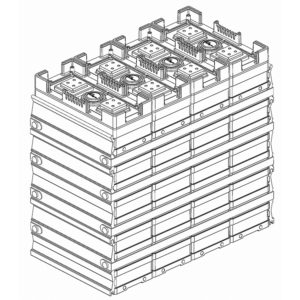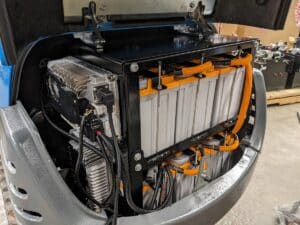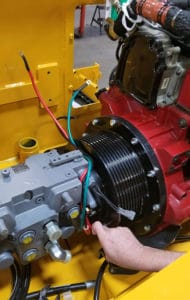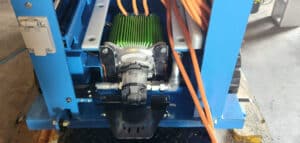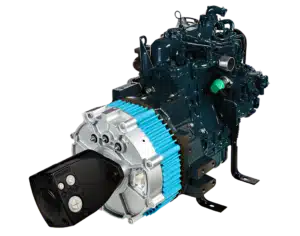Metrology Glossary: Inductive Reactance
What Is Inductive Reactance?
Inductive reactance is a property inherent to inductors that resists alterations in alternating current (AC) flow, similar to resistance in DC circuits, stemming from the inductor’s magnetic field influence. When AC courses through an inductor, it generates a fluctuating magnetic field, inducing a voltage opposing the original. This opposing voltage is known as back electromotive force (back EMF). Inductive reactance varies with both AC frequency and inductance, with higher frequencies or greater inductance yielding increased reactance, measured in ohms and symbolized as XL. It is quantified by the formula XL = 2πfL, where XL represents inductive reactance in ohms, f is AC frequency in hertz, and L signifies inductance in henries.
What Is Inductive Reactance Used For?
Filtering:
- Circuit Design for Frequency Selectivity: Inductive reactance plays a key role in making circuits designed to selectively filter or allow specific AC frequencies to pass through, facilitating targeted signal processing.
- High-Frequency Noise Elimination: Inductive reactance serves as a crucial element in mitigating high-frequency noise within power supplies and audio equipment, contributing to cleaner signal output.
Tuning Circuits:
- Resonance Formation in Electronic Devices: Through collaboration with capacitive reactance, inductive reactance contributes to the creation of resonant circuits. These circuits are instrumental in selecting and amplifying specific frequencies, optimizing performance in radios, wireless communication systems, and various electronic devices.
Power Transmission and Distribution:
- Efficient Impedance Matching: Inductive reactance is harnessed to match impedance across different sections of power systems. This ensures seamless power transfer, minimizing losses and enhancing overall system efficiency.
- Voltage Stability in Power Lines and Transformers: Inductive reactance is a critical factor in the regulation of voltage within power lines and transformers, contributing to stable and reliable power distribution.
Motors:
- Induction Motor Operation: The interplay of inductive reactance and capacitive reactance is fundamental in generating the rotating magnetic field that propels induction motors, enabling their efficient and reliable operation.
Related Terms
Further Reading
